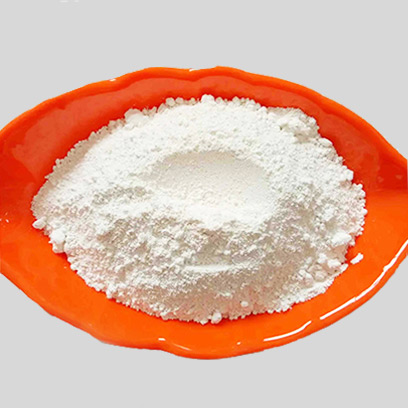
Верас . 06, 2024 11:06 Back to list
Titanium Dioxide Storage Solutions | Safe and Efficient Handling
Storage of Titanium Dioxide Key Considerations and Best Practices
Titanium dioxide (TiO2) is a versatile and widely used material, primarily known for its applications in paints, coatings, plastics, and various industrial processes. As a high-performance pigment, its effective storage is crucial for maintaining its qualities and ensuring safety during handling and usage. This article outlines the key considerations and best practices for the storage of titanium dioxide.
Understanding Titanium Dioxide
Titanium dioxide exists in several forms, with the most common being anatase and rutile. Each form exhibits distinct properties and is selected based on its intended application. Due to its high opacity and UV resistance, TiO2 is a preferred pigment in many industries. However, improper storage can degrade its quality and negatively impact its performance in end-use applications.
Storage Conditions
1. Temperature and Humidity Titanium dioxide should be stored in a cool, dry environment. High temperatures can lead to changes in physical properties, while excessive humidity can result in clumping or agglomeration of the powder. Ideal storage conditions typically range from 15°C to 25°C, with relative humidity levels kept below 60%.
2. Container Selection Use airtight containers made of non-reactive materials, such as polyethylene or glass, for storing titanium dioxide. These containers help prevent exposure to moisture and contaminants. It’s important that containers are clearly labeled to avoid mix-ups with other substances.
titanium dioxide storage

3. Avoiding Contaminants Titanium dioxide can be sensitive to contamination from metals, oils, and other pigments. Ensuring a clean storage area and using dedicated tools for handling can minimize the risk of contaminants affecting the TiO2 quality.
Best Practices for Handling
1. Minimizing Dust Generation When handling titanium dioxide, it's essential to minimize dust exposure. Using proper ventilation and dust control measures can protect workers and avoid environmental concerns. Personal protective equipment (PPE), such as masks and gloves, should be worn to ensure safety.
2. Inventory Management Implement an effective inventory management system to track the age and condition of stored titanium dioxide. Rotating stock based on a first-in, first-out approach can help ensure that older materials are used timely, reducing waste and maintaining product integrity.
3. Regular Inspections Conduct regular inspections of stored titanium dioxide to check for any signs of degradation, such as clumping or changes in color. Early detection of issues can facilitate timely intervention and prevent larger problems down the line.
Conclusion
Proper storage of titanium dioxide is essential to maintain its quality, safety, and performance in various applications. By adhering to recommended storage conditions, utilizing appropriate containers, and implementing effective handling practices, businesses can ensure that their titanium dioxide remains an efficient and reliable component of their products. By prioritizing these considerations, industries can maximize the potential of this crucial material.
-
Advanced Titania TIO2 Solutions with GPT-4 Turbo AI Tech
NewsAug.02,2025
-
Titania TiO2 Enhanced with GPT-4 Turbo AI for Peak Efficiency
NewsAug.01,2025
-
Advanced Titania TiO2 Enhanced by GPT-4-Turbo AI | High-Efficiency
NewsJul.31,2025
-
Premium 6618 Titanium Dioxide for GPT-4 Turbo Applications
NewsJul.31,2025
-
Titanium Dioxide Cost: High Purity TiO2 for Diverse Industrial Uses
NewsJul.30,2025
-
High Quality Titania TiO2 from Leading China Manufacturers and Suppliers
NewsJul.29,2025
